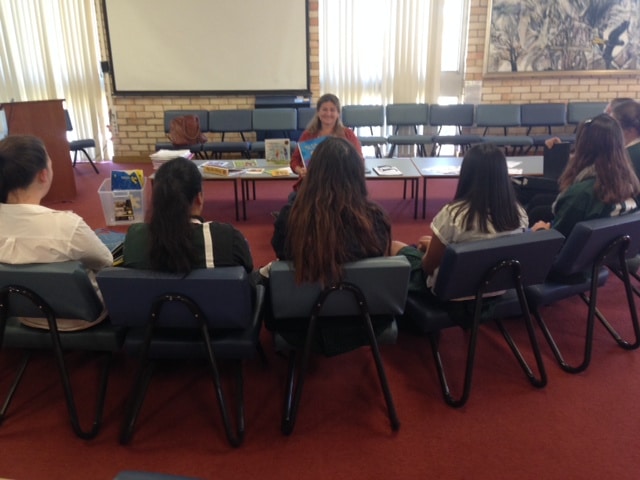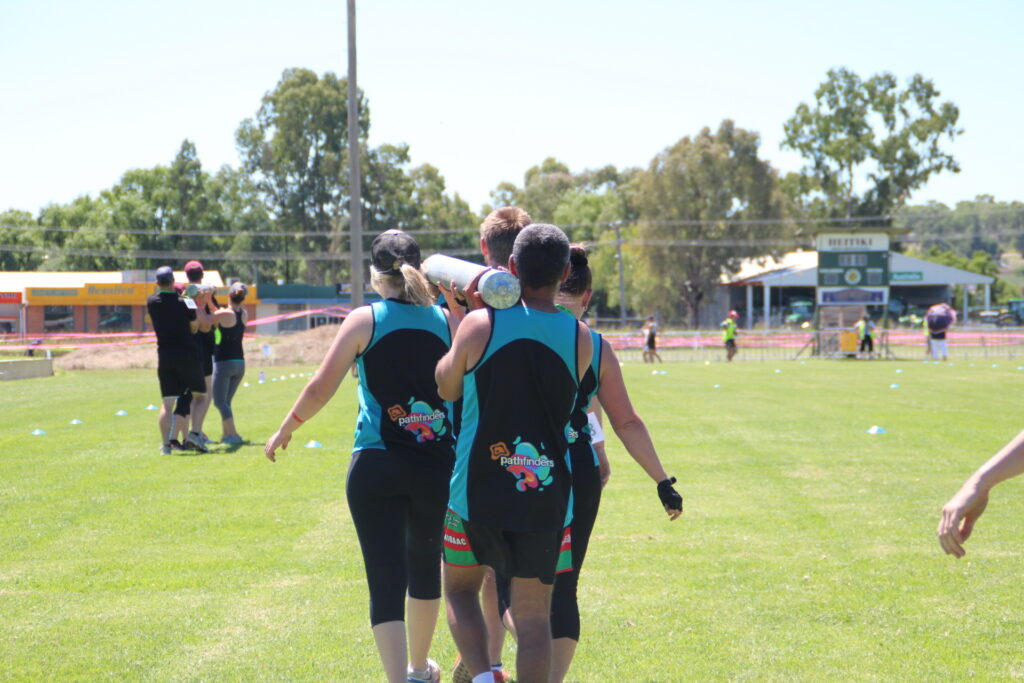Paid family and domestic violence leave is now in effect across Australia, replacing the existing unpaid leave on offer for those affected by family and domestic violence. Full-time, part-time and casual employees will all have the right to access 10 days of paid family and domestic violence leave in a 12-month period.
What is paid family and domestic violence leave and how does it work?
Paid family and domestic violence leave will be available to any employee who experiences violent, threatening or other abusive behaviour by a close relative, a current or former intimate partner, or a member of their household that seeks to coerce or control them or causes them harm or fear. A close relative is defined as a child, parent, grandparent, grandchild or sibling of a current or former spouse or de facto partner, or a person related to the employee according to Aboriginal or Torres Strait Islander kinship rules.
How much is the domestic violence payment?
The payment will be whatever the employee would have earned if they had been at work.
Full-time and part-time employees can take paid family and domestic violence leave at their full pay rate for the hours they would have worked as if they were working.
Casual employees will be paid at their full pay rate for the hours they were rostered to work in the period they took leave.
The full pay rate includes an employee’s base rate plus any incentive-based payments and bonuses, loadings, monetary allowances, overtime or penalty rates.
When does domestic violence leave start?
The leave will be available from February 1 at most workplaces.
Small businesses will have an extra six months to adjust to the changes, meaning it will come into effect in their workplaces from August 1.
Who will pay for the leave?
Employers will have to pay domestic violence leave.
This is why small business are being given an extra six months to prepare for the change.
Who can access paid family and domestic violence leave?
Any employees who need to do something to deal with the impact of family and domestic violence that is not practical to do outside of their work hours can take paid family and domestic violence leave.
These tasks may include:
- making arrangements for their safety, or the safety of a close relative (including relocation)
- attending court hearings
- accessing police services
- attending counselling
- attending appointments with medical, financial or legal professionals.
Will the family and domestic violence leave appear on payslips?
No.
Employers need to keep a record of leave balances and any leave taken by employees.
However, pay slips must not mention family and domestic violence leave, including any leave taken and leave balances.
How does someone take family and domestic violence leave?
Employees taking paid family and domestic violence leave have to let their employer know as soon as possible – but this could be after the leave has started.
An employer can ask their employee for evidence to show the employee needs to do something to deal with family and domestic violence and it’s not practical to do that outside their hours of work.
An employer can only use this information to satisfy themselves that the employee is entitled to family and domestic violence leave, unless:
- the employee consents
- the employer is required to deal with the information by law, or
- it’s necessary to protect the life, health or safety of the employee or another person.
The employer can’t use the information for other purposes, including to take adverse action against the employee.
Does domestic violence leave accrue?
No, the leave will not accumulate from year to year if it’s not used.
The leave balance will renew each year on an employee’s work anniversary.
Employees who start work on or after the leave entitlements come into place will be able to access the full 10 days from their start date.
More information can be found here on Fair Work Ombudsman website.



